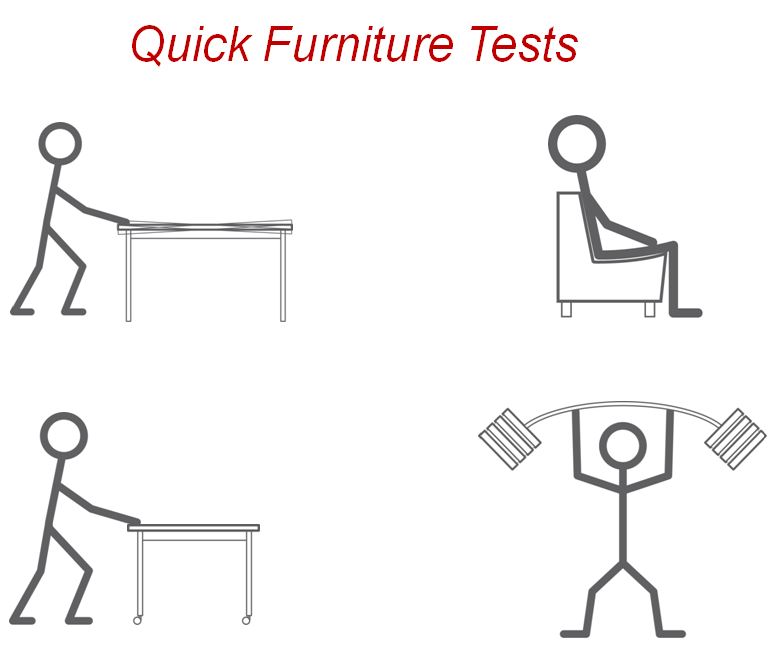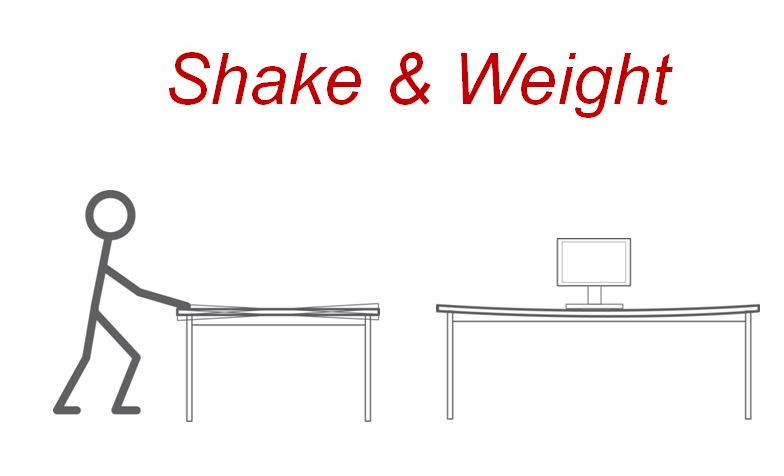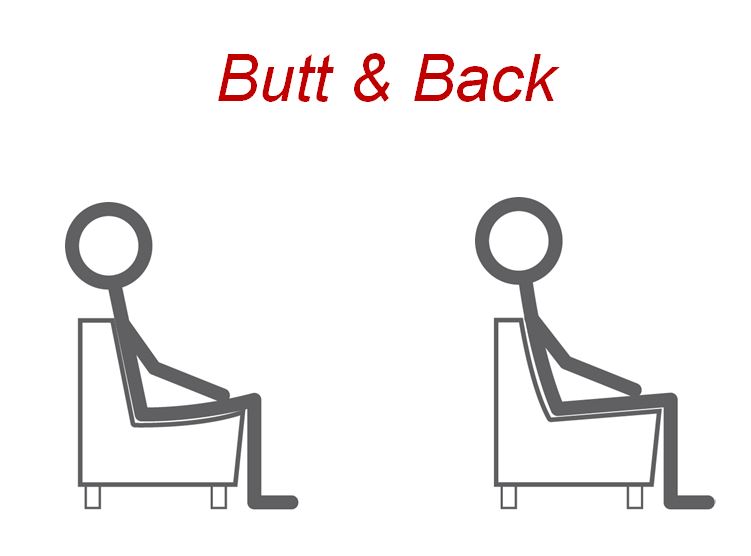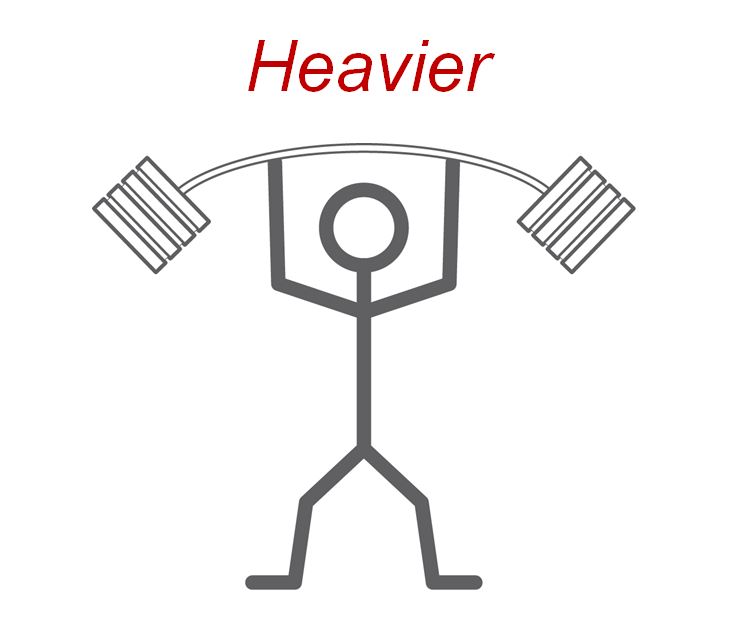
The final element of our series in creating spaces designed for human behavior is durability. Durability is just as important as the other elements of design, especially since we are discussing topics in a public setting. This segment investigates the standards that furniture must meet to withstand use in a public setting, and specifically how a product can maintain its durability and looks for the next 10 years.
At Agati, we have over 30 years in the business, and in that time we’ve learned a lot about durability and its importance to our customers. When humans own something, we naturally take better care of it. If we do not own something, the sense of care and protection is really non-existent because it’s not ours. For this simple reason, it’s vital that public space furniture be constructed for people who don’t care if it gets scratched or broken. Put another way, on a scale of luxury spa to prison facility, library furniture goes through use comparable to that of a prison facility; it’s in constant use without much care for how it gets treated.

As well, public institutions such as libraries rarely see an influx of funding for a renovation, much less new furniture. So the furniture that does get installed must maintain its durability and quality for a long time after the initial purchase date. This begs the question: how can you ensure the furniture you purchase is going to be durable in looks and materials? We’ve put together four quick tests for you to consider when purchasing furniture.

The first test is the “shake & weight” test. While subjective, it can be a good indicator of a product’s longevity and lifespan in your space. The shake portion of the test is simply shaking the table – most tables will have a little movement, but keep in mind whatever movement there is now, it will increase exponentially through its lifespan. The weight portion refers to the weight you will be adding to the table. Adding additional weight to the top of the table will speed up this process, so when looking for a table, you will want ¼” to ½” of movements when the table is at max weight capacity.

The next test is the “butt & back” test. Essentially, this test boils down to your comfort level from your seat to the top of your back when sitting in a chair. Always test drive your seating before buying for both comfort and materials composing the chair. For example, foams inside a chair are not all created equal – from the moment you sit down, the foam is decomposing, and some decompose faster and more easily than others. If your seat feels soft and plush at first, it will continue to get softer over time as more people sit in it. This causes the fabric to puddle and the chair to lose its shape, therefore losing aesthetic appeal along with its durability. Starting with a firmer seat will ensure the chair’s long life in your space.

The third consideration point is mobility. When discussing mobility, we have to be conscious of the difference between mobility and flexibility. Flexibility means some elements are adjustable and can be rearranged periodically with minimal effort. Mobility means items can be moved any time, by anyone, to anywhere in your library. Most often, people are looking for flexibility rather than mobility, but if mobility is the solution for you, then it’s important to consider how you will minimize damage to any mobile furniture. Two design features that we do not recommend for mobile furniture are wood edges on tables and locking casters on lounge pieces. Neither design stands up well to a mobile furniture lifestyle. Another tip is to maintain mobile furniture in an open area and ensure some pieces of your mobile furniture are easily replaceable. This way, you avoid having to replace the entire product.

The last consideration point when choosing durable furniture is the weight of the furniture. For this, we suggest “heavier is better,” meaning the heavier the product, the longer the lifespan. It you are purchasing a table and chair, but they feel very light, we recommend you continue to look for a heavier product. Lighter products are wonderful for homes and offices, but in the public space, where again there is no protective instinct and a high use rate, a lighter product is more likely to have a much shorter lifespan.

Durability in a library or public space is vastly different from the durability standards required for an office or home space. By using these four considerations/quick tests when testing out your potential furniture purchases, you can ensure that not only will it work for your space now, but that it will work for years to come.
